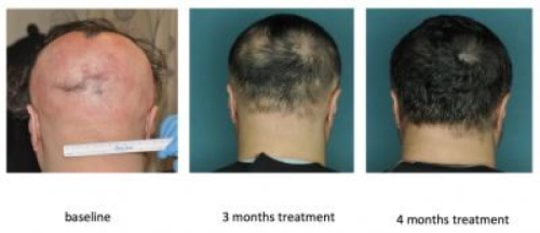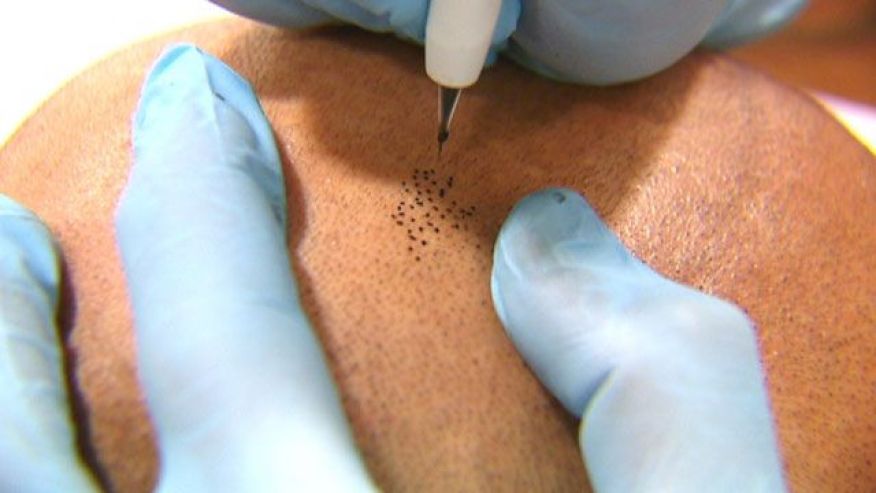
“Teenage girls who get their five-a-day cut breast cancer risk by up to 25 per cent,” the Daily Mirror reports.
A US study suggests teenagers and young women who eat a high-fibre diet based on eating plenty of fruit and vegetables have a reduced risk of breast cancer in later life.
This large and lengthy study tracked around 90,000 US female nurses over 20 years. It found that women whose dietary habits during adolescence and early adulthood placed them in the top fifth highest average fibre intake group (top quintile) were around 25% less likely to develop breast cancer compared to women in the bottom quintile.
This raises the suggestion that young women might be able to significantly lower their risk of breast cancer simply by eating more high-fibre foods, such as fruits and vegetables.
However, other associated diet and lifestyle factors may be affecting this outcome. Even if the link is with high-fibre food, it could still be down to benefits other than fibre found in fruit and veg.
If the link does exist, it’s unclear why fibre could prevent breast cancer. One speculation offered in the study is that fibres may reduce levels of circulating oestrogen, which is known to trigger abnormal breast tissue growth.
These uncertainties aside, the study is in line with recommendations to eat at least five portions of fruit or vegetables a day to reduce your risk of a variety of diseases.
Where did the story come from?
The study was carried out by researchers from Harvard T.H. Chan School of Public Health and was funded by the US National Institutes of Health and a grant from the Breast Cancer Research Foundation. One of the authors was supported by the Japan Pharmaceutical Manufacturers Association.
The study was published in the peer-reviewed medical journal Paediatrics.
For the most part, the UK media reported the story accurately, with most highlighting how fruit and vegetables could reduce breast cancer risk by one quarter in their headlines. This figure relates specifically to the breast cancer risk reduction of eating fibre in adolescence and early adult life, comparing the highest fifth of people consuming fibre with the lowest fifth. This is among the largest risk reductions reported; other risk reductions were smaller.
What kind of research was this?
This cohort study investigated whether women eating more fibre might be less likely to develop premenopausal breast cancer later in life.
The research write-up says that previous studies of fibre intake and breast cancer have almost all been non-significant – that is, they were not statistically significant and may be due to chance. However, none of them examined diet during adolescence or early adulthood – a period when the research team say breast cancer risk factors appear to be particularly important.
A cohort study measures changes over time and can highlight associations – for example, between eating lots of fibre in early life and developing breast cancer at a later age. The downsides of cohort studies are that they cannot prove cause and effect, as they involve no randomisation or blinding. People live their lives as they choose, and researchers measure and observe how this relates to the development of different conditions and diseases.
This means that other factors, such as other elements of a person’s diet and lifestyle, can influence the specific link of interest (calledconfounding). Researchers can take steps to lessen this risk, such as adjusting for confounders in the analysis, but it is difficult to eliminate the risk entirely.
What did the research involve?
This study analysed data from a US cohort set up in 1976 to investigate women’s health, called the Nurses’ Health Study II.
The researchers used dietary information collected from 90,534 premenopausal women via a questionnaire starting in 1991, and documented 2,833 cases of invasive breast cancer in the 20 years after. In 1998, about half of these women (44,263) also completed a questionnaire about their diet during high school (age 14 to 18) with linked data to 1,118 subsequent cases of breast cancer.
Participants were divided into quintiles (fifths) according to their dietary fibre intake and followed up with further questionnaires about their lifestyle and disease history every two years.
The analysis looked at the link between total fibre, soluble fibre and insoluble fibre consumption in adolescence and early adult life, and development of breast cancer.
The stats were adjusted for a large number of potential confounders collected through questionnaires every two years throughout the study, including:
- age
- race
- family history of breast cancer (invasive or benign)
- smoking habits
- height
- body mass index (BMI) at age 18
- weight change since age 18
- age at first period
- how many children women had and their age at first birth
- oral contraceptive use
- alcohol intake
- energy intake
- menopausal status
What were the basic results?
Among all women, total dietary fibre intake in early adulthood was associated with significantly lower breast cancer risk – around 19% lower (relative risk [RR] for highest versus lowest quintile 0.81; 95% confidence interval [CI] 0.72-0.91).
Higher intakes of soluble fibre (RR for highest versus lowest quintile 0.86; 95% CI 0.77-0.97) and insoluble fibre (RR for highest versus lowest quintile 0.80; 95% CI 0.71-0.90) were each associated with lower breast cancer risk.
Total dietary fibre intake in adolescence was linked with lower breast cancer risk (RR for highest versus lowest quintile 0.84; 95% CI 0.70-1.01) and was borderline statistically significant, meaning it could be due to chance.
For average fibre intake during adolescence and early adult life, the RR comparing highest with lowest quintiles was 0.75 (95% CI 0.62-0.91). This is equivalent to a 25% RR reduction and is the main figure making the headlines.
How did the researchers interpret the results?
The researchers say their findings: “support the hypothesis that higher fiber [sic] intakes reduce BC risk and suggest that intake during adolescence and early adulthood may be particularly important.”
Conclusion
This large and long-term cohort study showed that women with the top fifth highest average fibre intake during adolescence and early adulthood were around 25% less likely to develop premenopausal breast cancer decades later than those in the bottom fifth.
This raises the suggestion that young women might be able to significantly lower their risk of breast cancer – the most common cancer in the UK – simply through eating more high-fibre foods such as fruits and vegetables.
However, it’s worth noting a few points before accepting these promising results at face value.
Total dietary fibre intake in adolescence alone was linked with a 16% lower breast cancer risk, but this was borderline statistically significant (p=0.04) meaning there is a 1 in 25 probability it is a chance result. The usual cut-off for saying something is statistically significant is where there is less than a 1 in 20 (p<0.05) probability it is due to chance, so it’s around the threshold.
Given that previous studies of fibre intake and breast cancer have almost all been non-significant, this should raise healthy scepticism on attributing too much importance to the adolescent element of diet.
The more reliable result came when fibre intake from adolescents and early adults were combined. This lead to a 25% reduction.
The study isn’t conclusive in saying that fibre is protective for breast cancer, although it shows a link in a large number of women. For example, women with higher fibre intake in adolescence showed signs of living healthier lifestyles generally: they were less likely to smoke, more likely to drink less alcohol, and have lower BMIs in adulthood. Although adjusted for in the analysis, these and a wide range of lifestyle factors have had a residual influence on the results.
The research team also noted that many foods high in fibre also contain many other biologically active ingredients (like flavonoids) so they couldn’t rule out the possibility these were driving the health benefits, instead of, or alongside, fibre.
The study also had a number of limitations that affect the accuracy of its measurements – for example, the fact that women reported their adolescent diet when they were middle aged (33 to 52). It is unlikely they would accurately recall their diets from 20 or so years ago. However, these inaccuracies would make it less likely to find a link, not more.
A 2010 World Cancer Research Fund report, that looked systematically at all evidence related to diet and cancer, said the evidence on fibre was limited, so no conclusions could be drawn. This report is due an update in 2016, which may include the results of this study.
Irrespective of whether fibre on its own, or foods that contain fibre in general, protect against breast cancer, the study is broadly in line with robust evidence suggesting you should consume at least five portions of fruit or vegetables a day. This can reduce your risk of developing a range of chronic diseases, such as heart disease, stroke, type 2 diabetes and obesity.
[Source:- NHS]


















